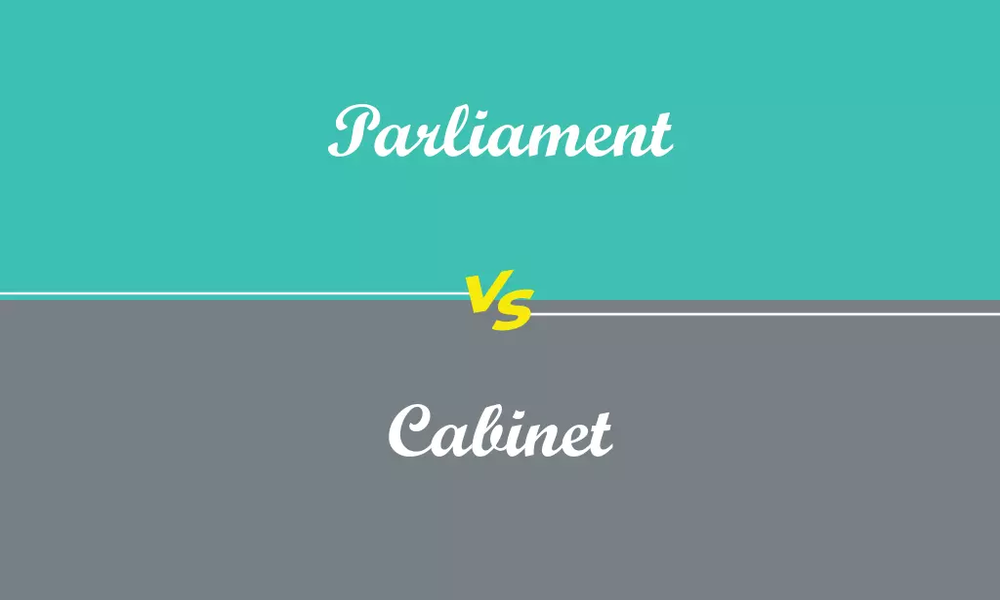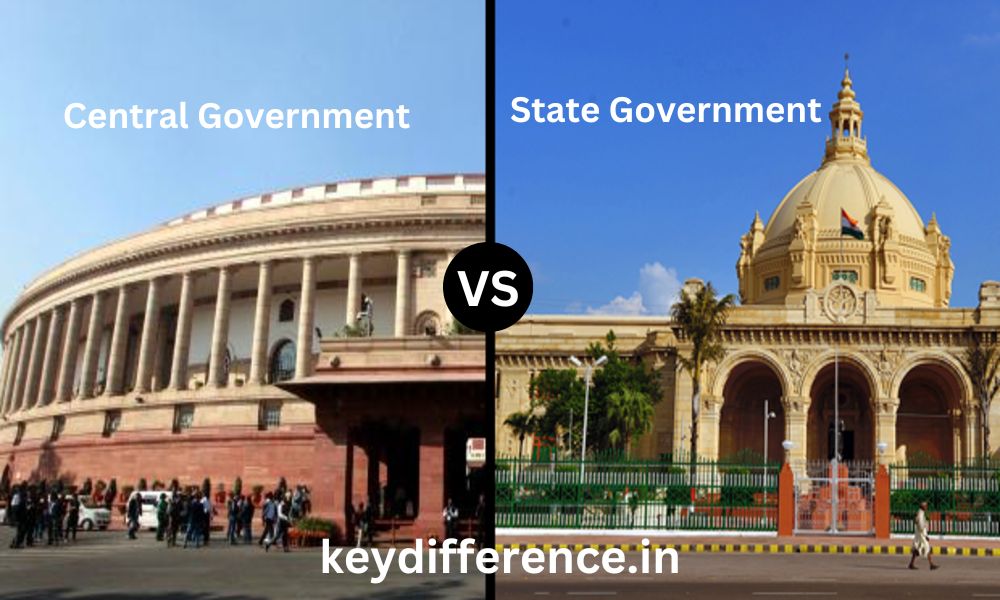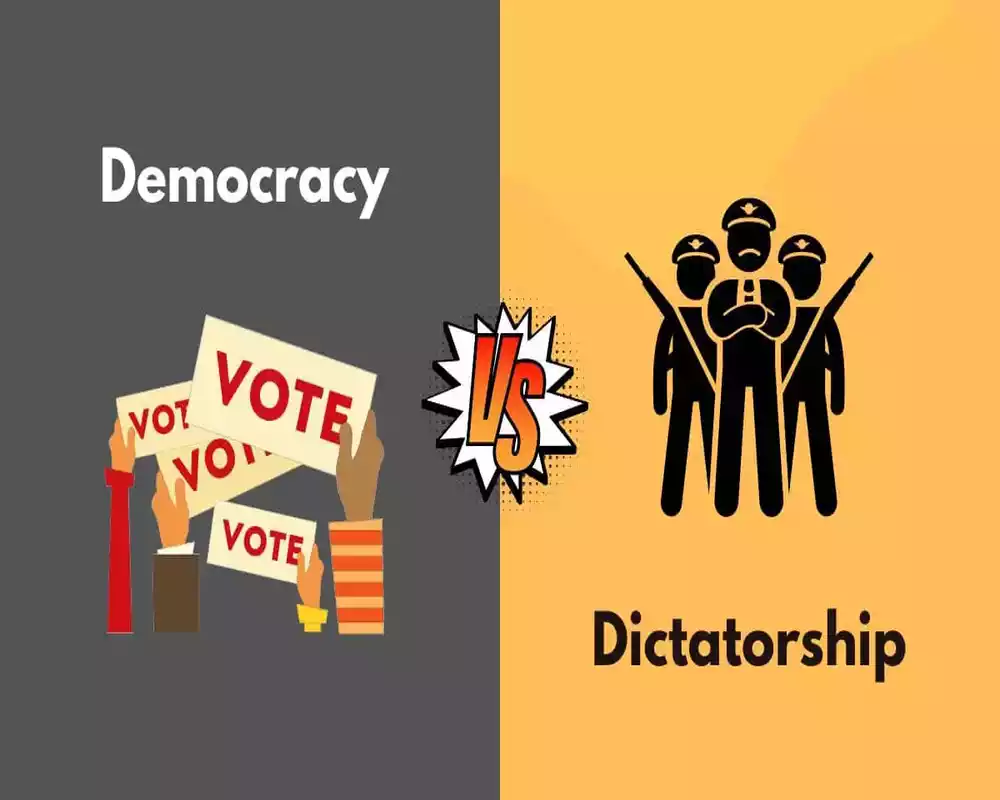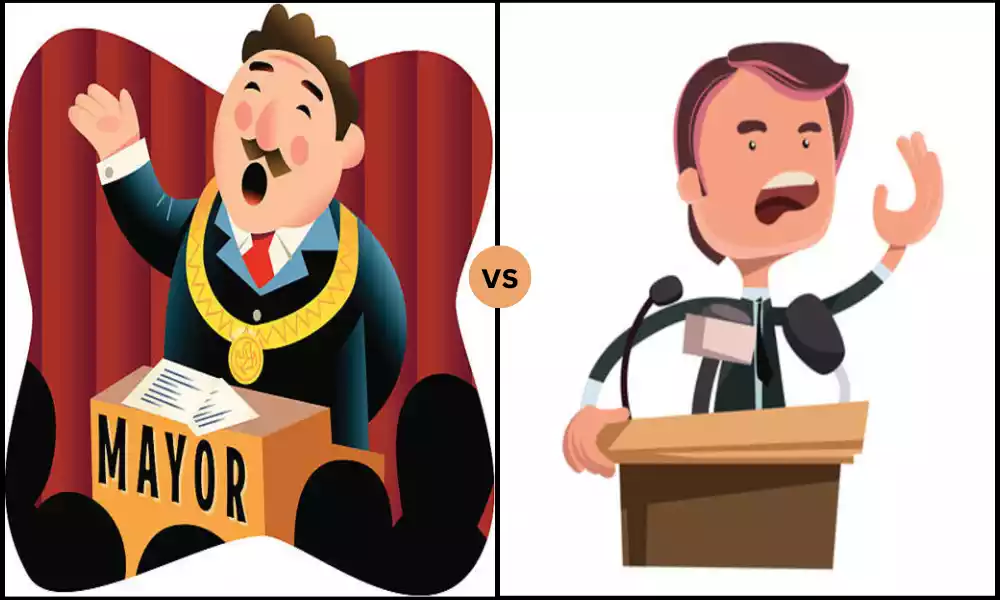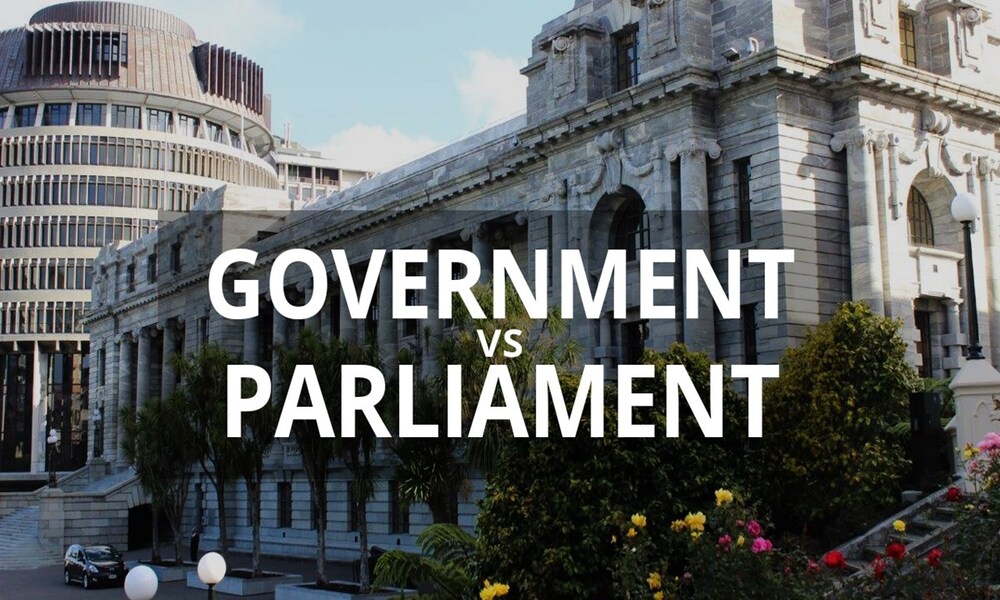Introduction
Understanding the differences between Cabinet and Parliament is fundamental for understanding government dynamics and the functioning of democratic systems. The cabinet and Parliament are two intertwined yet distinct components of governance, each having unique roles, structures, and functions. Cabinet operates within the executive branch and focuses on policy making and implementation; Parliament on the other hand represents the legislative branch and is charged with creating laws, representing public interests, and overseeing government actions.
By exploring the differences between these two entities, we can gain greater insights into the mechanisms that drive decision-making, shape policies, and ensure accountability within democratic societies. Functions, interactions, and examples from different countries demonstrate differences between Cabinet and Parliament as a part of democratic governance – while emphasizing their importance to its successful operation.
Definition of Cabinet
In a political sense, the term Cabinet refers to a high-ranking group of government officials who provide advice to heads of the government, for example, the prime minister or president. The Cabinet is appointed by the heads of the government and is accountable for taking decisions regarding policy and implementing government-sponsored programs in their specific areas of accountability.
Cabinets are usually comprised of secretaries or ministers who are responsible for specific government portfolios or departments, for example, defense, finance, or health. The Cabinet functions as an all-encompassing decision-making body that assists the government’s head to manage effectively.
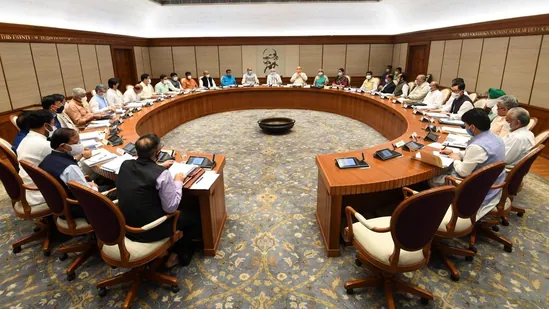
Definition of Parliament
Parliament is a legislative institution that represents the people of a nation and creates laws for them. It’s usually comprised of elected officials who act as the representatives of their constituents.The role of Parliament differs dependent on the political system in the nation and is typically a matter of debate and enacting laws, reviewing the government’s policies and actions, and making the administration accountable to the public. In certain systems, like the British parliament Parliament also can establish governments and choose the head of government like the Premier Minister. The precise composition and power of Parliament vary in different countries.
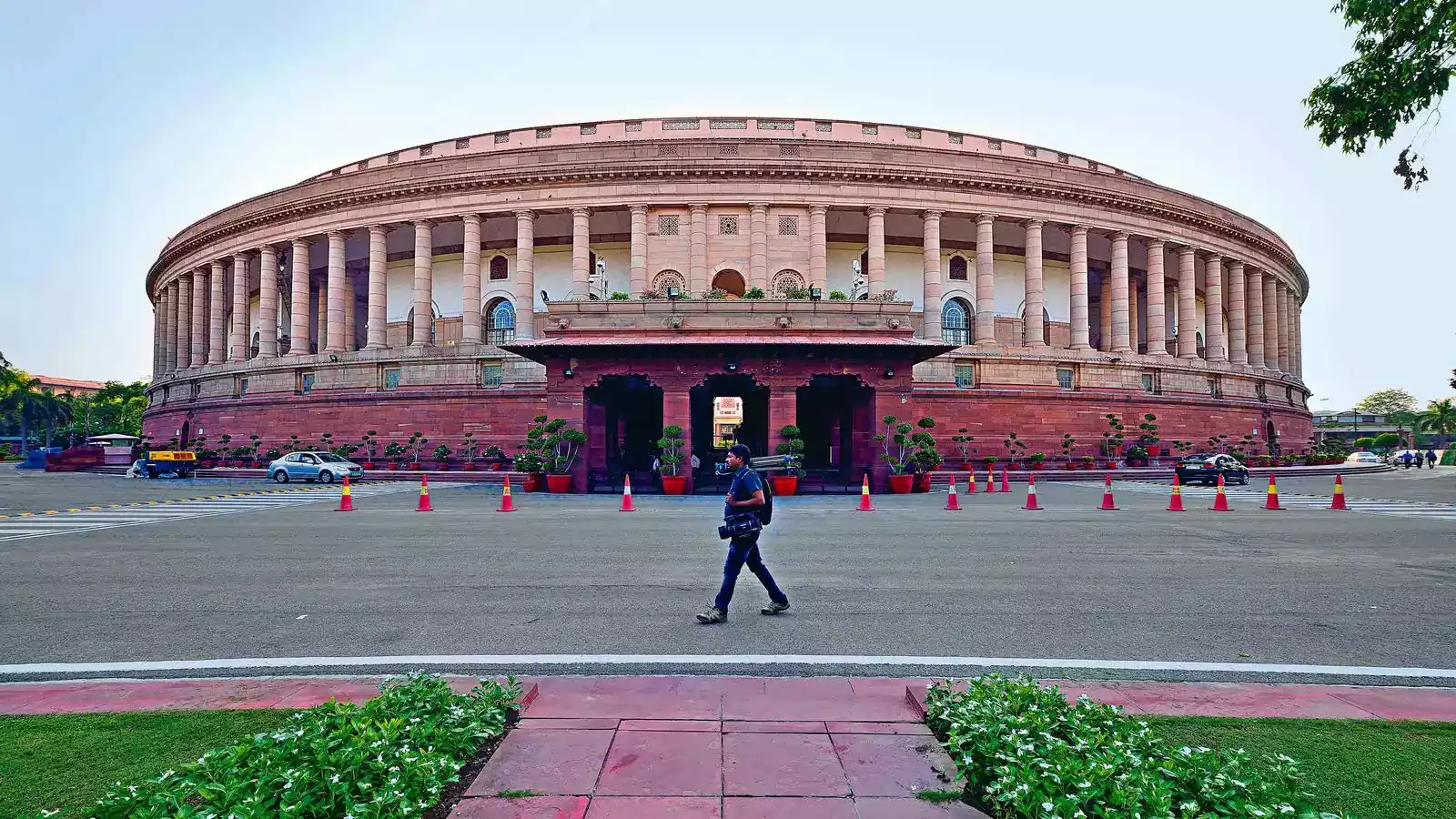
Comparison Table of the Cabinet and Parliament
Sure! Here’s a table of comparison between the Cabinet with Parliament:
| The Feature | Cabinet | Parliament |
|---|---|---|
| Definition | A group of top officials from the government who provide advice to the head of government and are accountable for taking policies and carrying out government programs. | A Legislative body that Represents the people of a country, and is Responsible for Making laws on their behalf. |
| Composition | The government is comprised of appointed officials including ministers and secretaries, who supervise particular government departments or portfolios. | Constituted of elected officials serving as the representatives of their constituents |
| Appointment/Election | The head of the government who is elected | The people elected the president. |
| Role provides | Provides advice to the head of government on the implementation of policies and programs. is a key factor in making | Createxamining examines government actions,s and making sure that the government is held accountable |
| Powers | Power for the executive, policy-making power, and legislative power | Budgetary power and legislative power and control power |
| Relationship | Collaborates in conjunction with government officials to carry out checks? | The government checks and balances usually through hearings in committees and deliberations. |
| The Prime Minister’s Role | Usually, the Chairperson is the Chairperson of typically the Cabinet and is accountable for the selection of Cabinet members. Often, the Cabinet chaired most. | Most often, the Parliament appoints them can be rescinded by the vision of not confidence |
| Countries | In parliamentary systems for instance, those in the UK, Canada, and Australia disdiscovered | In democratic systems all over the world, with various degrees of influence and power |
Composition
Sure! Here are more specific details regarding the Cabinet’s composition and parliament:
Cabinet: Cabinet members typically consist of senior government officials such as secretaries or ministers responsible for specific departments or portfolios of government. Sometimes the head of government may also appoint non-elected Cabinet members who provide advice or expertise in particular fields.
Cabinet members are appointed by their leader of government – typically, either the president or prime minister – based upon their knowledge in various fields, their devotion to this leader of the government, as well as their capacity for working successfully within Cabinet structures.
Cabinet members serve as advisors to heads of government. They play an essential role in designing and implementing policy initiatives as well as government programs, overseeing daily operations within their department while meeting government goals and objectives.
Parliament: Parliaments are assemblies composed of members elected by their constituents who represent their constituents as representatives for them. While their numbers will depend on your nation, parliamentarians are typically split among different political factions or parties for easier voting and representation.
Members of Parliament are elected by citizens residing within their constituencies, using either first past the post voting systems, proportional representation methods, or combinations thereof to cast ballots and elect MPs.
Constituent councilors are accountable to their constituents for creating legislation in their constituent’s best interest and holding government officials to account. To this end, they organize hearings, debate legislation, and question government officials so they operate openly and transparently.
Powers
Cabinet: Executive Power The Cabinet is typically an agency within the government charged with making decisions for and on behalf of its state, such as decisions concerning national security, foreign policy, and economic concerns.
Cabinet members serve as policy-makers. Their responsibility includes developing and implementing government policies within their areas of responsibility to meet general goals for government goals as efficiently as possible in their implementation.
Legislative Power: While Cabinet’s primary function is advisory, in certain situations it could also exercise certain legislative powers – for instance in the US where Cabinet participates in setting regulations with legal force that are legally bindable and legally binding. In these instances, it would exercise legislative powers as part of its functions, much like Parliament does for its role.
Legislative Power: Parliament is charged with passing laws for its constituents. Members of parliament propose, discuss and vote on legislation which must then be approved by both chambers (bicameral system) or just one House (unicameral system) before becoming law.
Legislative Power – Budget: Parliament is charged with overseeing government spending and taxes. Members debate and vote on an annual budget that details how money is to be allocated over a fiscal year.
Power: Parliament has the authority to inspect government policies and ensure their accountability to citizens, by holding hearings or summoning government representatives for testimonies, or conducting investigations into actions by their government. Parliament also holds authority in making crucial decisions like approval or denial for appointments, treaties, or any other pertinent decisions taken by government bodies.
Conclusion
Cabinet and Parliament both serve important functions in the administration of any nation. The cabinet consists of elected officials serving as advisors to their government’s head while being accountable for carrying out government policies; parliament, on the other hand, comprises elected representatives who create laws as well as oversee administration accountability before the public.Parliament and Cabinet differ significantly, as Cabinet members are chosen by the head of government while members of Parliament are selected through elections by electorates.
Their powers also vary significantly with Cabinet normally serving as an advisory policy-making and executive body while Parliament holds legislative budgetary oversight powers.Parliament and Cabinet, working in collaboration, ensure the best interests of its constituents are being served by the government. The cabinet advises and implements policy while Parliament creates laws that hold them to account. Both institutions play important roles to guarantee our nation is effectively and fairly managed.

